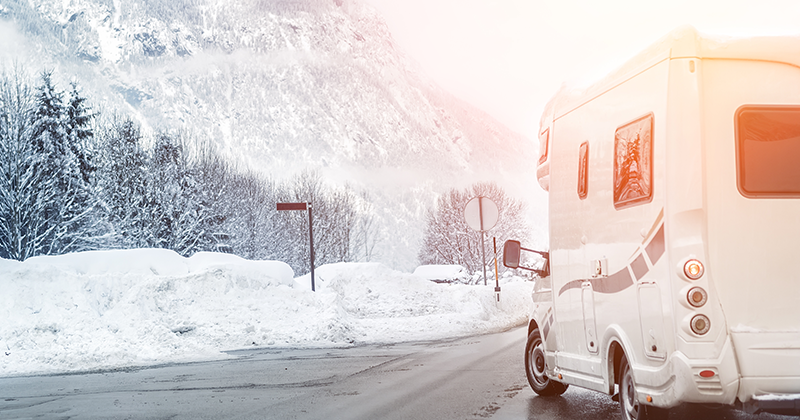Preparing Your Batteries for Winter Storage

It's that time of the season to put the toys away.
When the RV, boat, or motorcycles moves into storage for the winter, there's a few things to consider to ensure the battery is healthy and can start in the spring.
- Keeping it at 100% State of Charge: Don’t put away the unit with the battery partially charged. With the battery fully charged, it will prevent sulfating (the process of lead sulfate crystals building up on a battery cell and weakening the battery), freezing and/or damage when not in use.
- Look inside the battery: Flooded lead acid batteries need a little more maintenance. You’ll need to open the caps, check the electrolyte levels and see if the plates are covered. If they’re not, top it up with distilled water and charge.
3. A clean battery is a better battery: Check the terminals and connectors for any corrosion. A tablespoon of baking soda, cup of hot water, toothbrush, and elbow grease should be enough to neutralize any battery acid on the battery.
4. Goodnight Battery: Charge the battery overnight for eight-to-12 hours depending on your charger. Most battery chargers will know when the battery is fully charged and will automatically stop charging.
5. Make sure it’s fully off: Disconnect the ground cable on the battery to the vehicle. In some cases, there will be parasitic draw even when it’s off and not in use.
What’s recommended:
It’s recommended to charge the battery every two to three months and even more in warmer weather. You can avoid having to do this with a battery charging maintainer that will continuously top up the battery through the off-season.
Check out Canadian Energy’s batteries and accessories for your RV, boat, or summer season vehicles: https://www.cdnrg.com/batteries
Or come into your nearest branch to ask what works best for you and your vehicle: https://www.cdnrg.com/locations/branches
